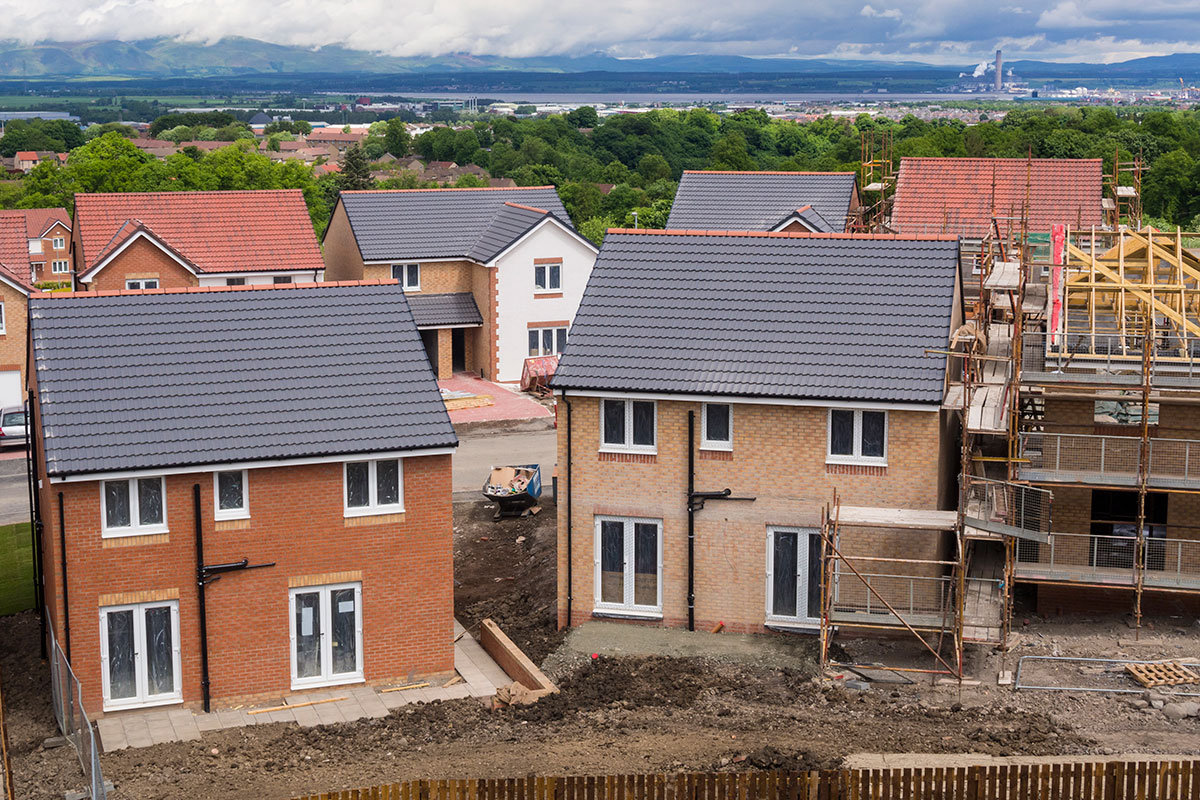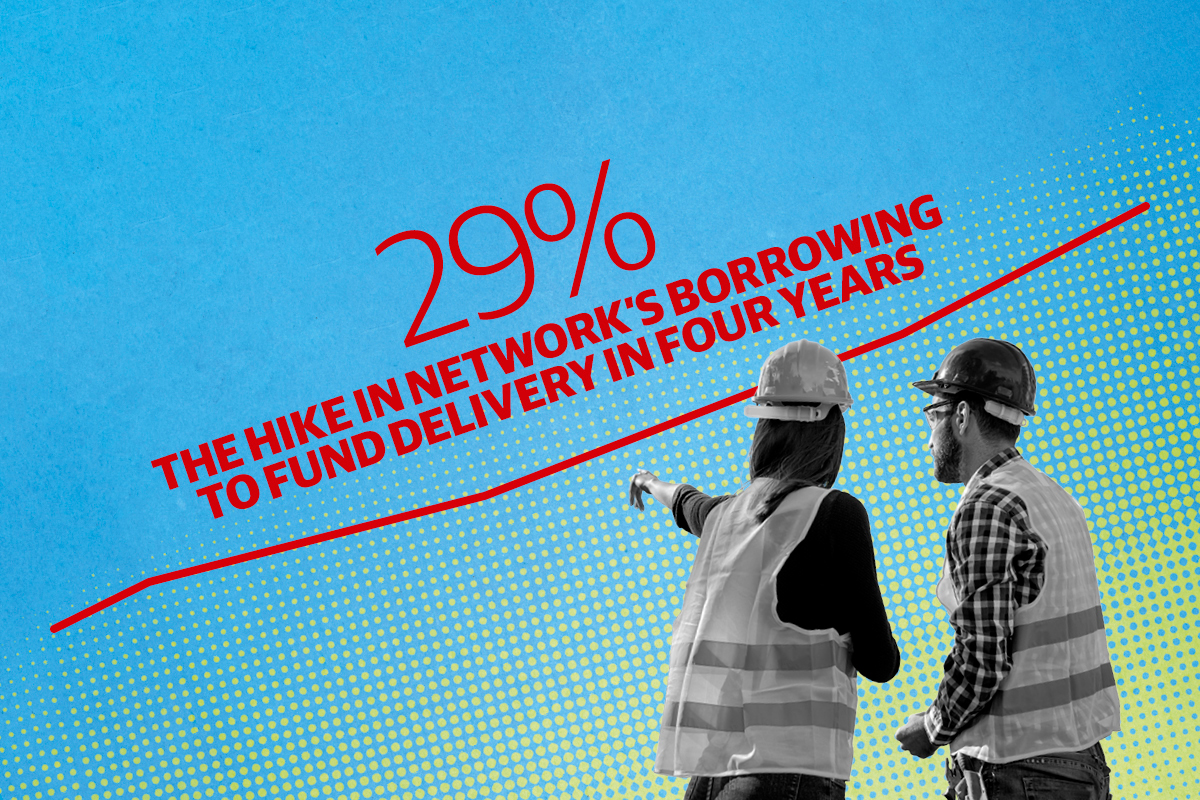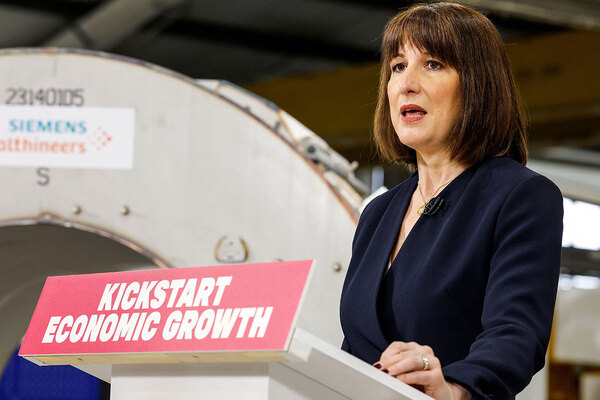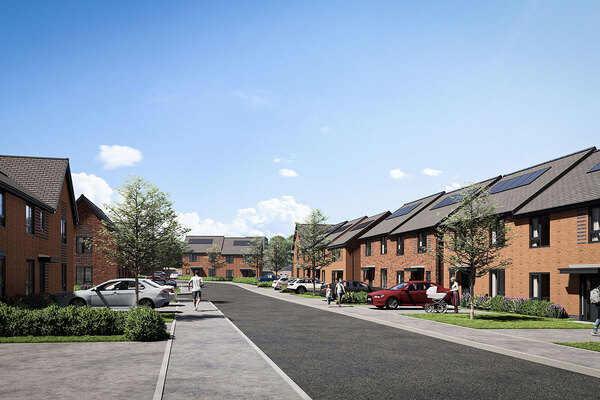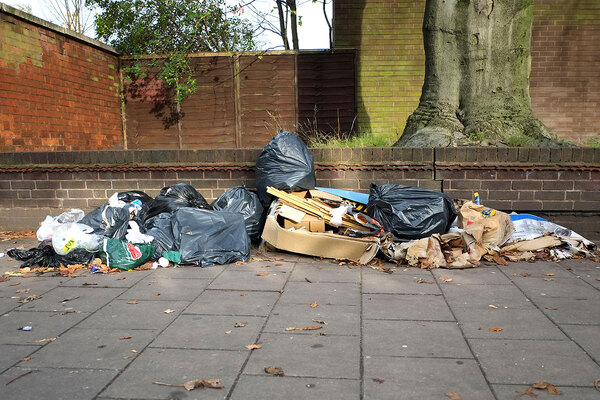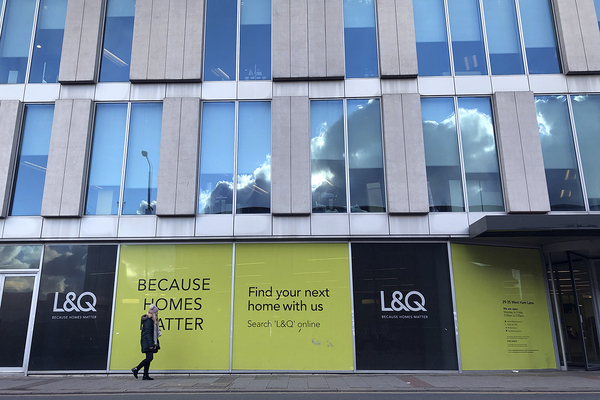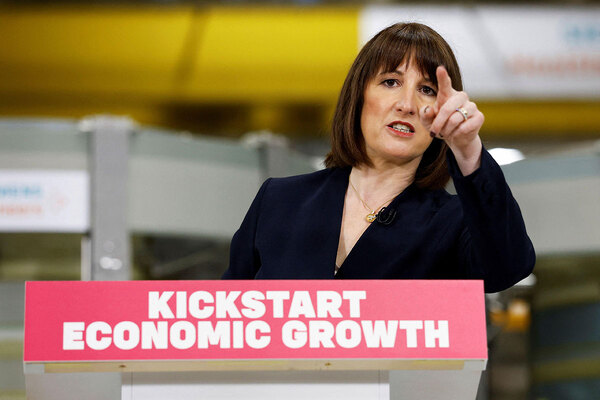You are viewing 1 of your 1 free articles
Is cross-subsidy dead or resting?
Housing leaders lined up this week to warn that the current system of cross-subsidy is no longer working. Martin Hilditch asks whether it has a future – and if not, what should happen next?
Is the housing subsidy system dead, or is it resting? This week brought more agreement that, while the government appears to have nailed the subsidy system firmly to its perch, it has ceased to be effective.
Sector leaders lined up to tell MPs that a replacement is urgently needed, at a hearing of the Housing, Communities and Local Government Select Committee this week.
Fiona Fletcher-Smith, director of development and sales at 95,000-home giant L&Q, put it most directly, stating that “the cross-subsidy model is really broken”. That model, of course, relies on housing associations using cross-subsidy from market sale and rent products to fund affordable housing. In a comment piece for Inside Housing, David Montague, chief executive of L&Q, expanded on Ms Fletcher-Smith’s point, stating that in the uncertain marketplace “we have to manage our sales exposure carefully. That means less cross-subsidy and, if we are going to maintain and increase supply, more government grant in absolute and percentage terms. More grant and higher grant rates”.
At the same meeting, Clare Miller, chief executive of 125,000-home Clarion, expanded on the nature of the problem. She said that an average two-bed property in London costs Clarion £400,000 to build – and if it is for social rent the association will collect roughly £100,000 in rent over 30 years, leaving it with a £300,000 shortfall.
The average grant rate it is securing per property in London is £60,000 – leaving Clarion to find £240,000 through its own funds. She said the level of grant for social rent homes is “insufficient for us to have the scale of programme we’d like”.
Victor da Cunha, chief executive of Curo and chair of Homes for the South West, added that grant must become the “primary way” of delivering social rent homes.
While the debate might be getting more urgent, it is not the first time the issue has been raised. Back in January, Network Homes published a report provocatively titled Why Aren’t Housing Associations Building More Social Rented Homes? Its comparison of its 2008-11 funding programme and its current funding programme found that on average the cost to build each home has increased by 42% to £285,000 per home.
But at the time of publication it was receiving an average of £33,600 in grant per home, compared to £102,641 in 2008-11.
While there will be arguments about the way social landlords prioritise different tenures, there is clearly a link between these figures (and government directing funding into the broadly more expensive affordable rent product) and the fact that only 6,463 new social rented homes were built in the year to 31 March 2018.
Coupled with concerns that housing associations may find it more difficult to keep the development tap turned on in a future downturn, this means there is a wider debate to be had about whether the model should be resurrected in the long term.
But for now, with a difficult market, it is to be hoped the new housing secretary and housing minister start to parrot the words of their predecessor Kit Malthouse, who stated earlier this year that “historically housing association housebuilding has been counter-cyclical and one of the ways you can keep it counter-cyclical is through grant”.

